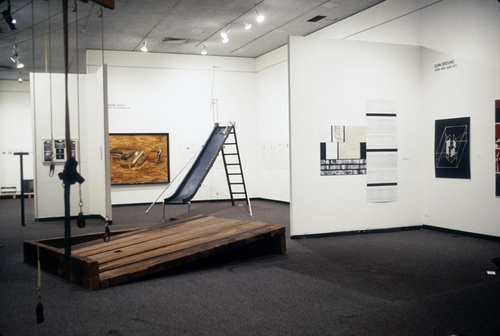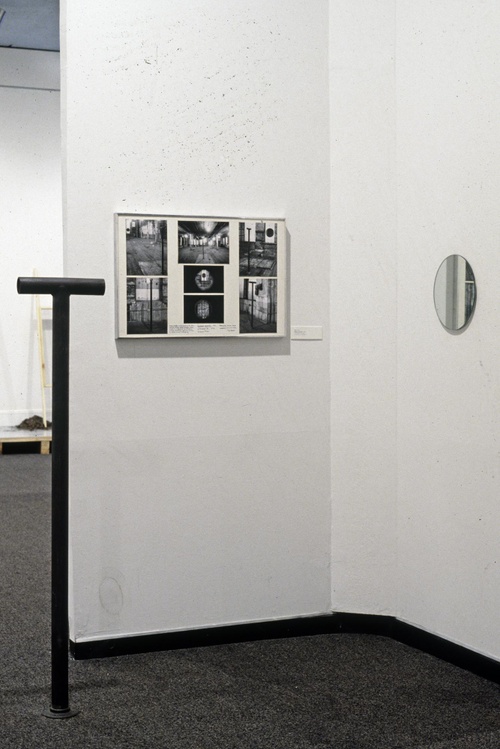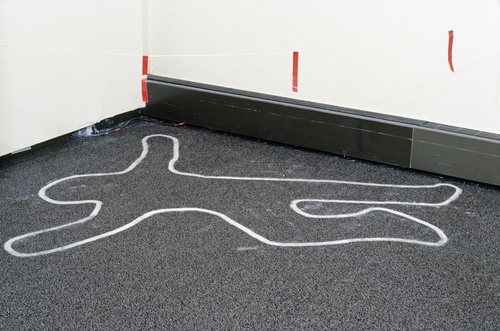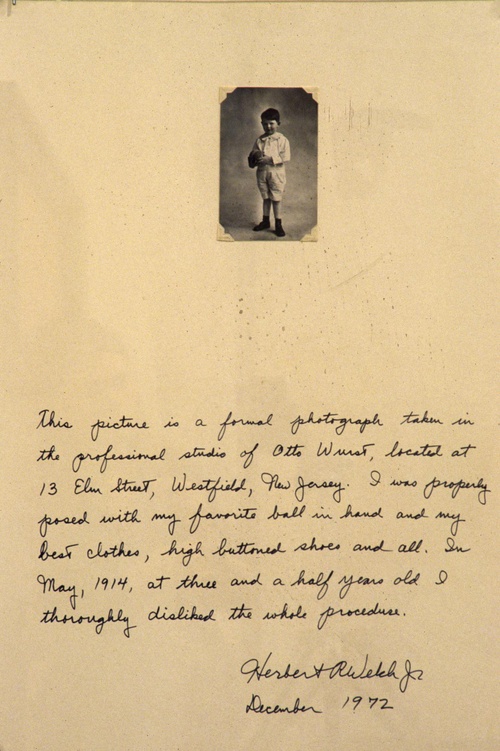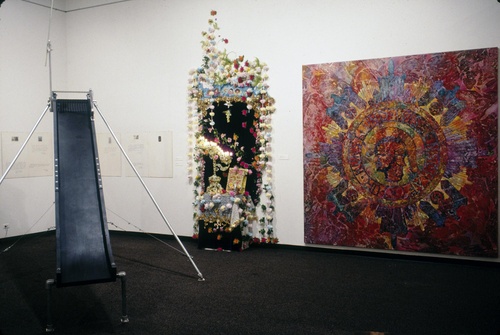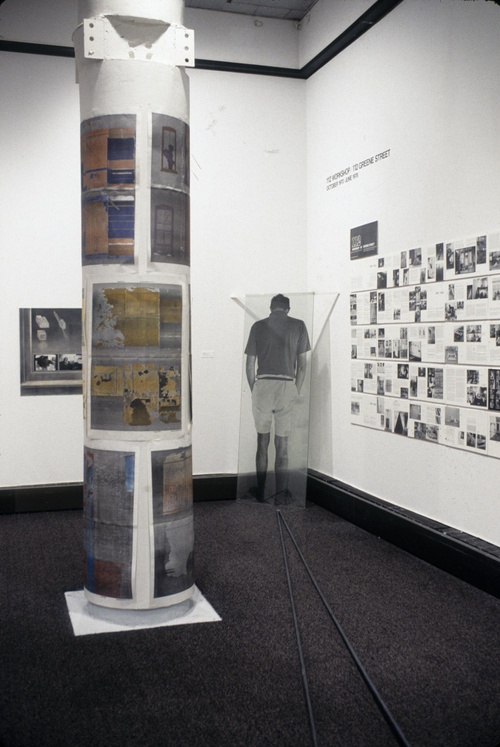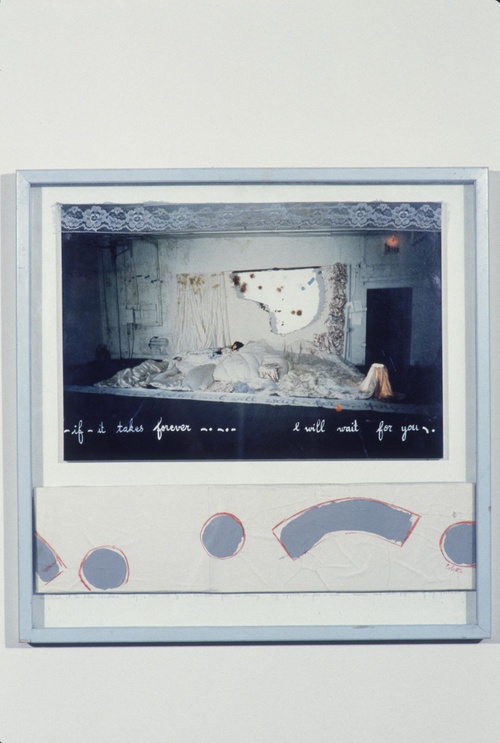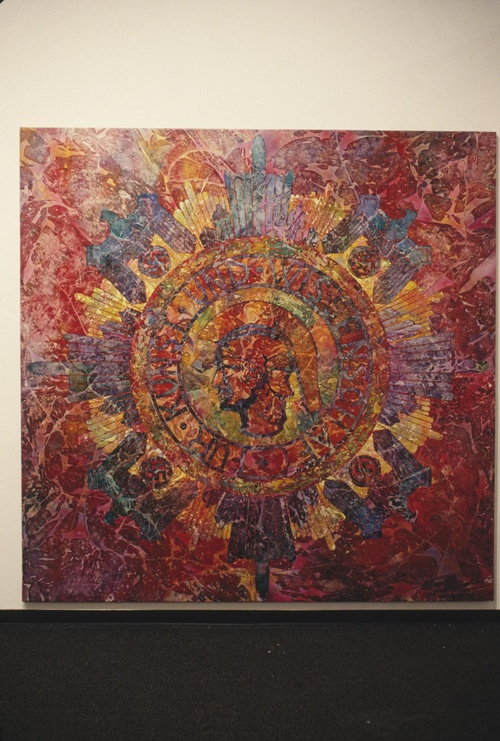Alternatives in Retrospect: An Historical Overview 1969 – 1975
Alternatives in Retrospect: An Historical Overview 1969 – 1975
“Alternatives in Retrospect: An Overview 1969-1975,” organized by guest curator Jacki Apple, was a historical overview of the artistic practices nurtured by a selection of alternative spaces, including Gain Ground, Apple, 98 Green Street, 112 Green Street, 10 Bleecker Street, Idea Warehouse, and 3 Mercer, which were active from the late-1960s to mid-1970s in New York. Works exhibited included paintings, installation documentation and drawings, photo-text works, sculpture and artifacts, as well as films. Most of the “alternative spaces” where the works were made and shown received little outside or institutional funding and indeed all reflect the changing definition of “alternative space” over the preceding decade. According Apple, the exhibition raises questions not only “of alternative spaces” but also “of alternative voices and visions that are meaningful and effective in the larger context of the world,” as she writes in the catalogue.1
A majority of the works from these alternative spaces were process oriented and situationally specific, involving a relationship between materials, concepts, actions, and locations. They were sometimes spontaneous, improvisational, open-ended and often collaborative. The works existed within a given time and then ceased to exist. As a result much of this work was labeled “ephemeral,” the intent being to create an experience rather than a product, and new terms were devised to describe it, such as “installation” and “performance.” Galleries and museums could not and did not recognize and accommodate this kind of work. In response, during the period in which this exhibition deals, artists out of necessity created and took control of their own contexts. It was a brief, yet highly productive time in which they experienced a sense of both their individual autonomy and their power as a group.
“Alternatives in Retrospect” is an important exhibition in the New Museum’s history, since the information it provided—in the form of documentation, videotapes, objects, photographs, and recreated installations and performances—is relevant to its genesis, and to its continued function and constant redefinition as an extension of and alternative to other existing contemporary arts institutions. Artists’ energy, commitment, vision, and optimism ultimately encouraged others with ideas, ideals, and methods of their own to establish organizations which nurture and support contemporary art and related activities.2
The New Museum, whose purpose is to present the most recent (and often controversial) work being done today, to provide a forum for new ideas and ways of seeing, and to support the work of living artists which might not otherwise receive critical attention or public exposure, represents one outgrowth of the pioneering spirit which ‘Alternatives in Retrospect’ allowed the Museum to review.3






